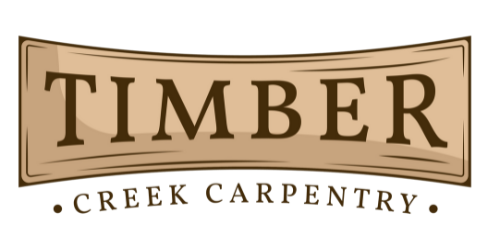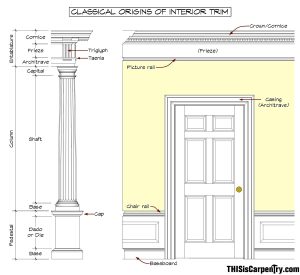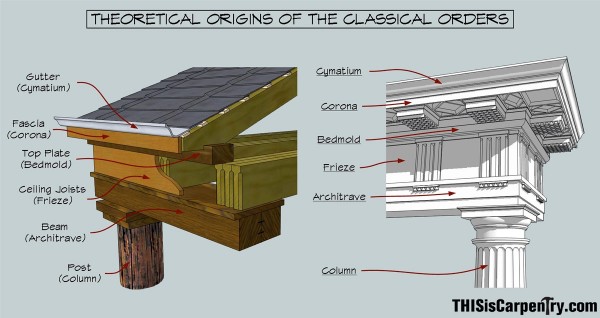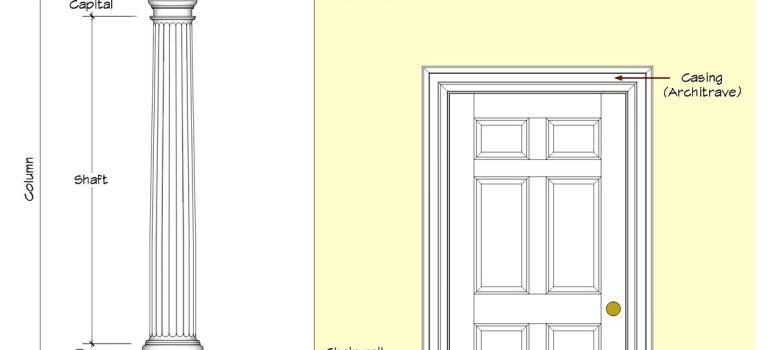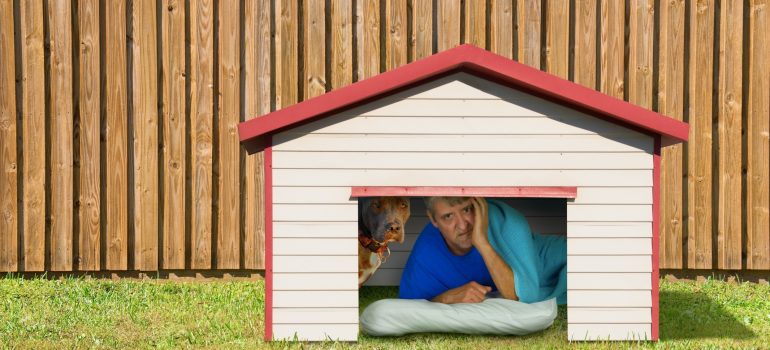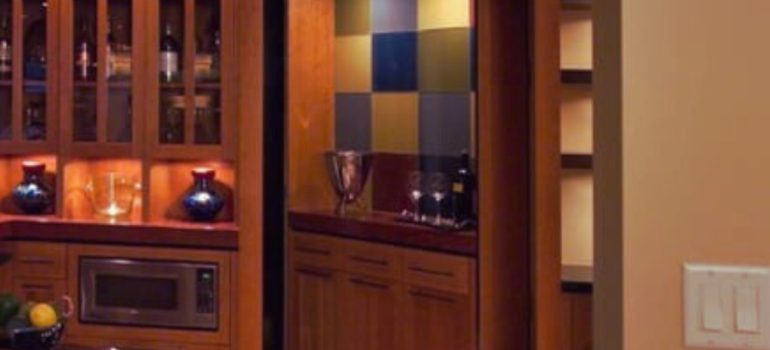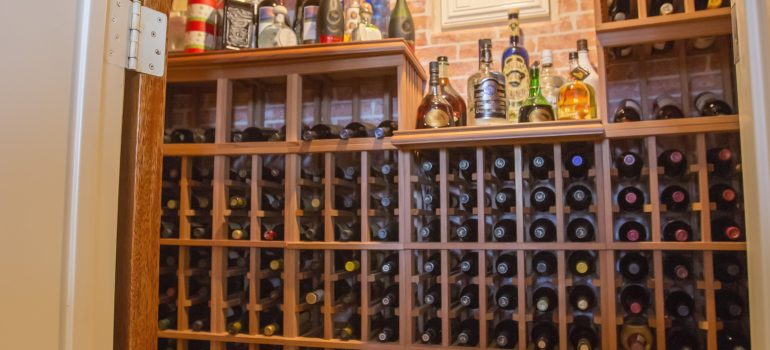In a deflationary economy, where prices decline and purchasing power increases, many homeowners hesitate to invest in renovations. However, this can actually be one of the best times to upgrade your home—especially for high-value, long-term projects. Here’s why:
Lower Material & Labor Costs
📉 Deflation means lower prices on goods and services.
-
-
-
-
- Building materials like wood, metal, and fixtures may cost less during deflationary periods.
- Contractors and skilled labor may offer better rates due to lower demand.
- Your money stretches further, allowing you to complete projects at a discounted cost.
Example: A custom-built wine cellar, hidden room, or luxury home upgrade may be more affordable than during inflationary times.
Higher Home Value When the Market Rebounds
🏡 Renovating now positions your home for future appreciation.
-
-
-
-
- Property values tend to rise again after deflation, meaning upgrades done now increase home value for resale.
- High-end features like wine cellars, hidden rooms, or custom carpentry make your home stand out in the market.
- Buyers are drawn to move-in-ready, upgraded homes—especially in luxury markets.
Example: A well-integrated wine cellar or gun room can boost resale appeal, making your home more competitive when demand rises again.
Opportunity for Luxury Upgrades at a Discount
💰 Deflation is the best time to invest in premium features.
-
-
-
-
- Many luxury home features—like custom cabinetry, climate-controlled storage, and specialty woodwork—become more accessible due to lower material and labor costs.
- If you’ve considered a hidden room, wine cellar, or high-end renovation, now is the time to get more for your money.
Example: Instead of just installing a wine rack, you might afford a full walk-in wine room with climate control for the same budget.
Increased Home Enjoyment & Functionality
🏡 Enhance your living experience while waiting for the market to recover.
-
-
-
-
- If selling isn’t your priority, home upgrades allow you to enjoy your space more.
- Features like hidden rooms, secure gun storage, or custom entertainment spaces offer both practical benefits and luxury appeal.
- Home improvement now means you’ll enjoy a more functional, stylish home for years to come.
Example: A hidden room or secure storage space adds both functionality and peace of mind while increasing long-term home value.
Cheaper Financing Options
🏦 Deflation can lead to lower interest rates on home equity loans.
-
-
-
-
- If financing your home upgrades, lower interest rates mean cheaper borrowing costs.
- Investing in renovations now could cost you less than waiting for an inflationary period when prices—and rates—rise again.
Example: Using a low-interest home equity loan to invest in a custom wine cellar or secret safe room may be a strategic financial move during deflation.
Final Thoughts: Invest in Your Home, Maximize Your ROI
During deflationary times, home improvements can be a strategic investment. You benefit from lower costs, premium upgrades, and a stronger position in the future real estate market.
If you’re considering a luxury home upgrade—whether a wine cellar, hidden room, or custom woodwork—Timber Creek Carpentry can help you make the most of this

